12 Must-Have Wedding Photography Accessories
Wedding season is just around the corner, which means it’s time to get my kit organized again. Every year, I take stock of my gear, making sure everything is working, replacing what’s worn out, and fine-tuning the little things that make a long wedding day run smoothly. Wedding photography is fast-paced, unpredictable, and physically demanding, so having the right photography accessories isn’t just about convenience—it’s about being prepared for anything and being kind to myself.
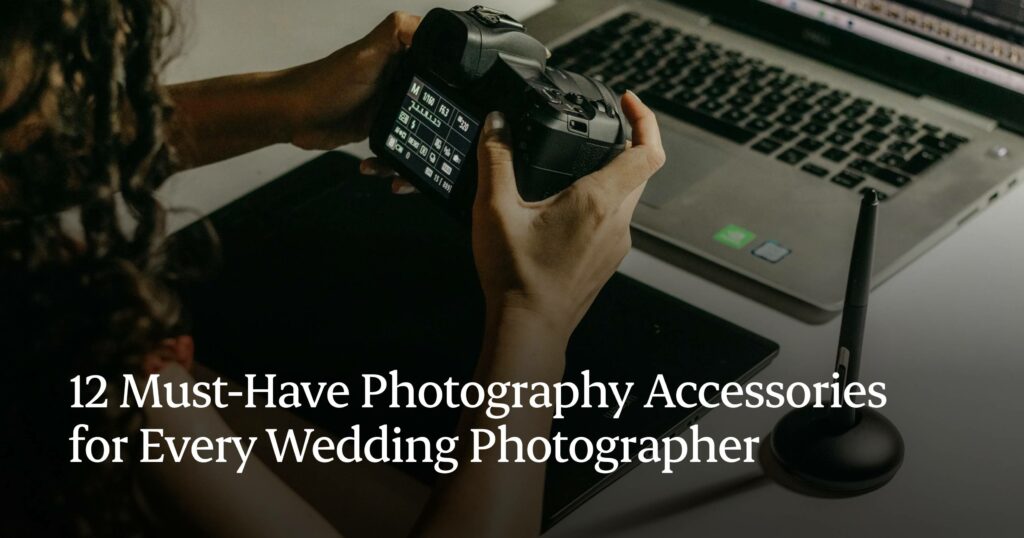
Over the years, I’ve fine-tuned my kit down to the essentials. These are the accessories I wouldn’t go to a wedding without. Some I use at every wedding, while others stay in my bag for those ‘just in case’ moments but every one of them has earned its place.
12 Must-Have Wedding Photography Accessories You Need
Now, let’s get into the must-have wedding photography accessories that I rely on.
1. Spare SD Cards
If there’s one thing I never risk at a wedding, it’s running out of storage or dealing with a corrupted card. Spare SD cards are a non-negotiable part of my kit. I always carry more than I think I’ll need because you never know when a card might fail, fill up faster than expected, or—worst case scenario—get lost in the chaos of the day.
Over the years, I’ve found Lexar to be one of the most reliable brands. Their Lexar Professional 2000x SD cards are fast, durable, and handle the demands of wedding photography. When shooting constant bursts of high-resolution RAW files, the last thing you want is a slow card bottlenecking and slowing things down.
Pro tip:
- Always format your SD cards in-camera before a wedding to minimize the risk of corruption.
- Use dual card slots if your camera has them—one for primary storage and one as a backup.
- Keep your spare cards organised in a dedicated card case. I use a Pelican SD card case to keep everything secure and easy to access. It’s also waterproof for peace of mind.
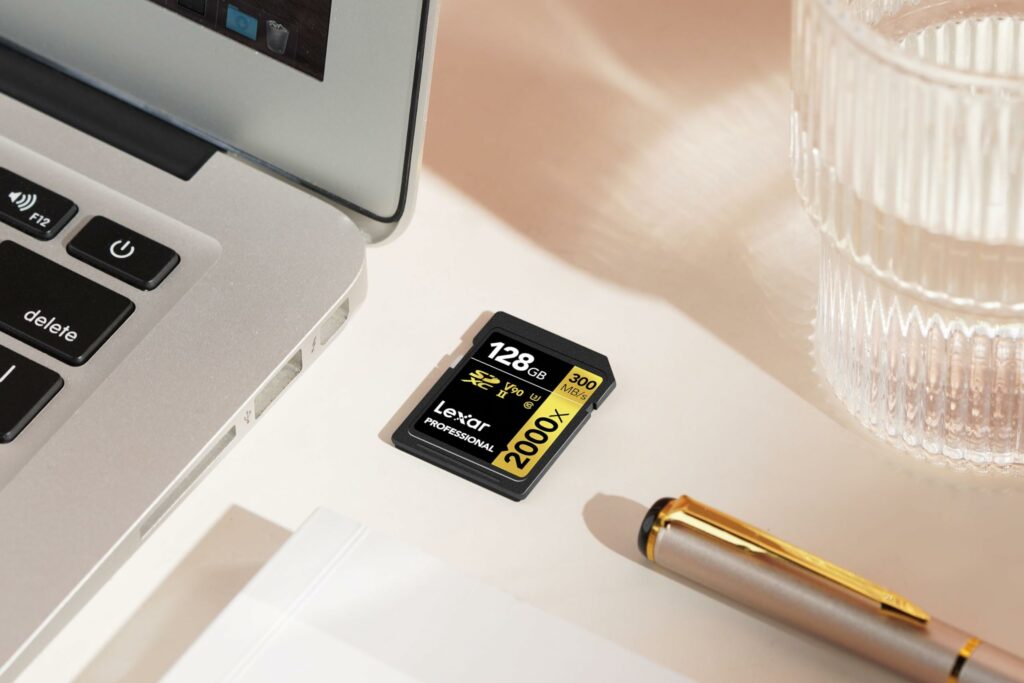
2. A Dual Camera Harness
Shooting a wedding means being on your feet for 10+ hours, often carrying two cameras at once. One of the most important wedding photography accessories is a dual camera harness. It is an absolute lifesaver for comfort and efficiency. Instead of awkwardly juggling cameras on straps or constantly swapping bodies in and out of a bag, a harness lets me keep both cameras at my sides, ready to go at a moment’s notice.
I use the Clever Supply Co. Dual Camera Harness, which not only looks great but is also built from high-quality leather that gets more comfortable with use. It evenly distributes the weight of two cameras across my shoulders and back, saving me from the dreaded neck strain that a standard strap can cause.
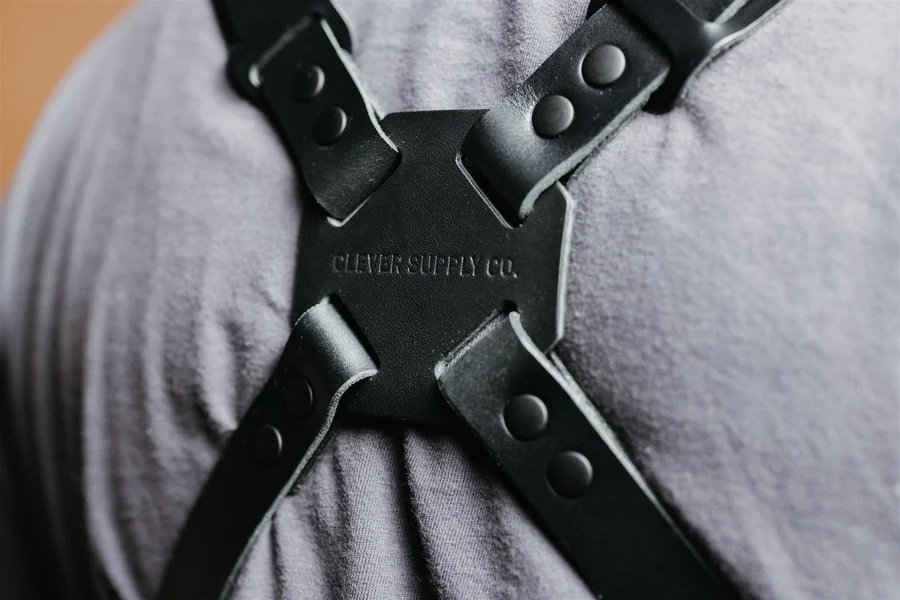
This setup gives me quick access to both my cameras without needing to fumble in my bag mid-ceremony. I can move seamlessly between focal lengths, capturing wide shots and close-ups without missing a beat. The even weight distribution also means I’m not putting too much strain on my shoulders, which makes a massive difference after a full-day wedding.
A poorly fitted harness can be just as uncomfortable as a regular strap, so make sure it sits well across your back and shoulders.
3. Camera Body
There's no room for equipment failure. A backup camera body isn't just a luxury; it's essential for your photographer camera kit. More often than not, cameras can fail without warning due to mechanical issues, battery problems, or accidental damage. Having a second camera ensures you won't miss irreplaceable moments like the first kiss or the exchange of vows.
Need help picking the best camera? Check out my list of the best cameras for wedding photography
4. Lenses
This is a must-have for your wedding photography kit. The right lens allows photographers to adapt to changing lighting, distances, and emotions throughout the day, ensuring every detail is preserved well. Confused about which lens you should get? Check our guide on comparing 85mm vs. 50mm lenses
It is one of the most important wedding photography accessories you'll invest in. Some photographers swear by prime lenses for their wide apertures and stunning low-light performance. Others prefer zoom lenses for the flexibility of switching focal lengths quickly, especially in tight or unpredictable situations where you can’t 'zoom with your feet.' Ideally, carry both fast prime lenses and reliable zoom lenses to cover all bases and ensure versatility throughout the day.
If you need help picking the best ones, check out my guide on my favorite wedding photography lens.
5. A Reliable Flash
Weddings can take you from bright outdoor ceremonies to dimly lit receptions, and while natural light is always my preference, sometimes a flash is essential. Whether it’s subtly filling in shadows during the first dance or creating high-contrast, editorial-style images on the dance floor, having a reliable flash is one of my essential wedding photography accessories that gives me the flexibility to adapt.
I personally use a Profoto A2, which I love to hold in my hand, I feel this, paired with a Profoto Connect Trigger, gives me lots of flexibility with my light. The magnetic modifier system makes it easy to attach diffusers or grids, and the built-in rechargeable lithium battery lasts for an entire wedding without needing constant battery swaps.
It can be a lifesaver during darker ceremonies, backlit receptions, or when the available light is uneven. I’d never turn up to a wedding without it.
If you’re new to flash, the key is first learning how to use it subtly. Bouncing the light off a nearby wall or ceiling can create a softer, more natural effect. More recently, I’ve been experimenting with the direct flash look, too. It’s also worth experimenting with off-camera flash setups for more creative portrait lighting. Like any tool, it’s all about knowing when and how to use it to enhance your images without overpowering them.
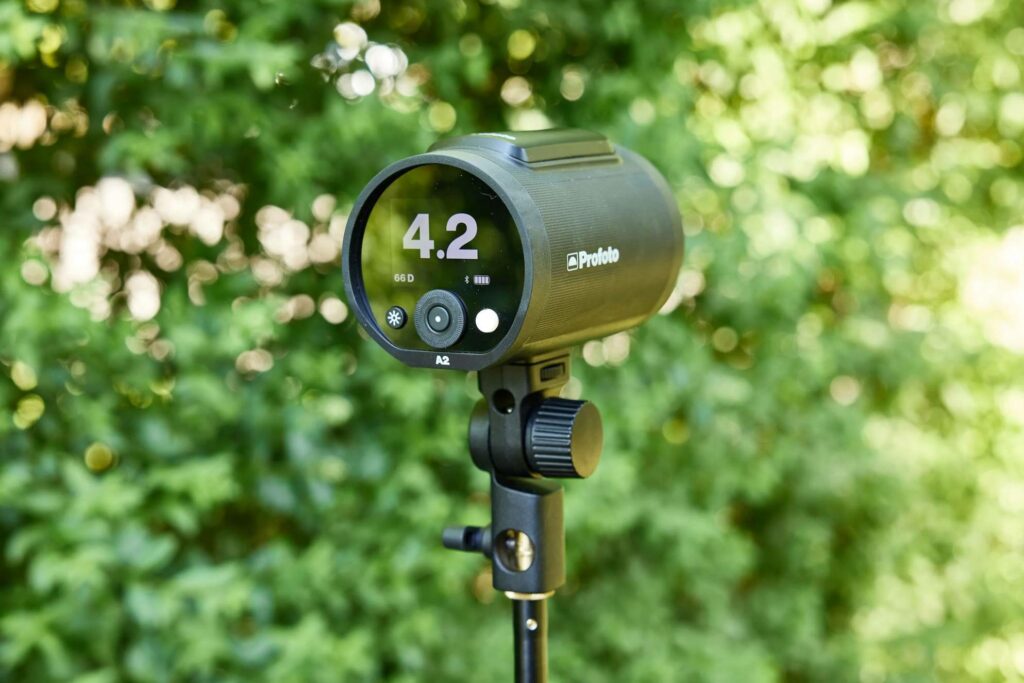
6. Food and Snacks
Wedding days are long and demanding; you’re constantly on the move, solving problems, and staying creatively sharp. It’s easy to skip meals, but running on empty leads to burnout fast. That’s why I always pack a few snacks in my gear bag.
Relying on the wedding meal isn’t a guarantee; sometimes it’s delayed, or you’re simply forgotten. Having quick, high-energy snacks like protein bars, mixed nuts, dried fruit, or even a bag of wine gums keeps me going. I also add a hydration tablet to my water bottle for an extra boost.
Snacking isn’t just about avoiding hunger, it keeps your energy up, your mind sharp, and your reactions quick so you can stay focused and finish strong.
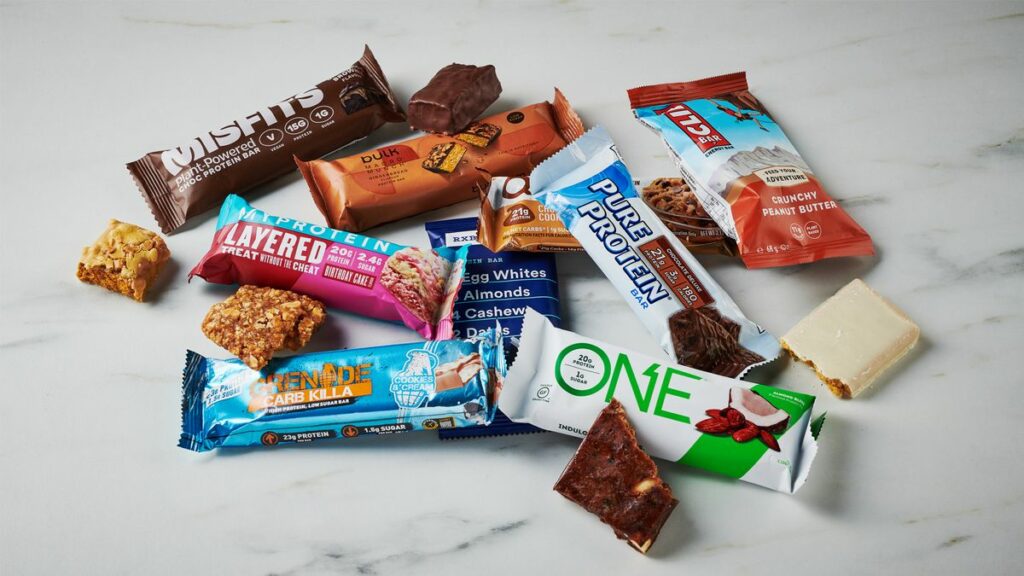
7. Comfortable Shoes
If there’s one piece of advice I’d give to any new wedding photographer on the essentials of wedding photography accessories, it’s this: invest in comfortable shoes. You’ll be on your feet all day, moving between locations, crouching, running (sometimes literally), and standing on hard surfaces for most of the day. The wrong shoes can make a long wedding feel twice as exhausting—and trust me, I’ve been there.
I look for shoes that strike the right balance between comfort, support, and style. As much as I’d love to turn up in trainers, I prefer something that looks smart, I’m at a wedding, after all. Brands like Ecco, Clarks, and Cole Haan make great dress shoes with built-in comfort tech, and I’ve found that a well-cushioned insole makes all the difference.
It’s also worth considering the terrain. A countryside wedding might mean spending a lot of time on grass or gravel, where thin-soled shoes won’t cut it. On the other hand, city weddings often involve walking between venues, so lightweight, well-padded shoes are a must.
Breaking into your shoes before a wedding day is essential, too. No matter how comfortable they seem in the shop, wearing them for a few hours at home or on short walks will help avoid painful surprises on the day. And if you’re prone to blisters, a pack of blister plasters is always good to have in your bag. The last thing you want is foot pain slowing you down when there’s a wedding to shoot.
8. Comfy Clothes
Weddings are unpredictable, and as a photographer, you need to be ready for anything. Comfortable, flexible clothing is key for moving freely throughout the day, but it’s just as important to pack an extra outfit. Between unexpected rain, spilled drinks, or sweaty outdoor shoots, having a backup set of clothes can save you from discomfort or looking unprofessional. Think of it as part of your emergency photography kit because when you're prepared, nothing slows you down.
Need help picking the right outfit? Check out our photographer's outfit guide for tips on what to wear and what to pack.
9. Ear Protection
Shooting booming dancefloors and live music is loud. After years of exposure to high noise levels, I’ve learned that protecting my hearing is just as important as looking after my back or feet. That’s why I always carry a pair of earplugs in my kit.
Unlike foam earplugs that block out all sound, I use Loop Experience earplugs, which reduce volume without distorting the sound. This means I can still hear speeches, conversations, and music clearly. They’re especially useful when I’m shooting on the dance floor, where being close to speakers for extended periods is normal.
At first, I hesitated to wear earplugs because I worried they might feel isolating, but once I tried them, I never went back. They take the edge off the noise without making me feel disconnected from the atmosphere. Plus, they help with focus—loud music can be distracting when you’re trying to anticipate moments, and lowering the intensity allows me to concentrate on my work.
If you’re a wedding photographer and not using earplugs yet, I highly recommend giving them a try. Your future self (and future hearing) will thank you.
10. A Single Camera Strap – For When You Don’t Need the Full Harness
While my dual-camera harness is a staple for most weddings, there are times when I prefer a lighter, more minimal setup. That’s where a single camera strap comes in handy.
This is one wedding photography accessory I can’t live without. I use a Simplr Straps F1 because it’s lightweight, durable, and non-slip, with just enough flexibility to move comfortably without getting in the way. Mine is also in a camo colour, which I love! Unlike bulky branded camera straps that come with most cameras, the Simplr F1 sits nicely across my body, keeping the camera secure but easily accessible. It’s designed for working photographers, so it doesn’t have unnecessary padding or branding that gets in the way.
Comfort is key with any strap, so I always recommend testing one before committing to it for a full wedding day. Finding the right fit for your shooting style can make a huge difference in how comfortable and efficient you feel throughout the day.
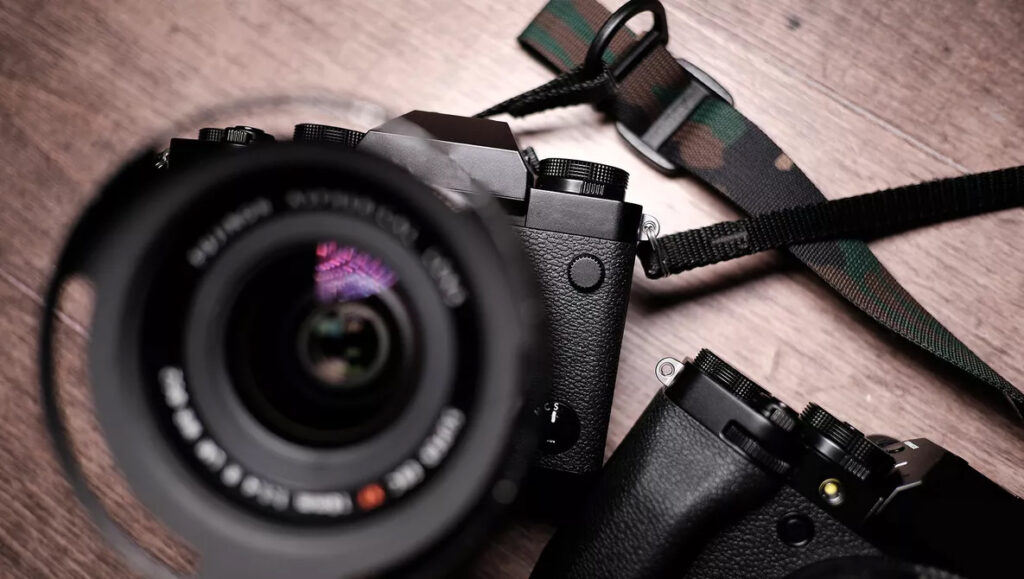
11. My Billingham Shoulder Bag
While a backpack is great for transporting photography gear, I need something more accessible during a wedding. For me, nothing beats my years-old Billingham Hadley One. Billingham bags are stylish, incredibly well-made, and offer the perfect balance of protection and accessibility.
The Billingham Hadley One is my go-to because it’s deceptively spacious. It holds two bodies, a full lens kit, lighting, my accessories, all within arm’s reach. The quick-release leather straps make it easy to open and close one-handed—perfect when I’m in a hurry. Plus, the padded dividers keep everything safe without adding unnecessary bulk.
One of the biggest advantages of using a shoulder bag over a backpack is the ability to access my gear instantly. There’s no need to take it off or fumble through multiple compartments. I can quickly grab what I need while still staying engaged with the wedding day. It’s especially useful during ceremonies and receptions, where I might not have time to return to a larger kit bag.
Beyond function, Billingham bags last for years. While they’re an investment, they hold up incredibly well and only look better with age.
Having a high-quality shoulder bag means I never feel overloaded with gear, but I always have my essentials within reach. It’s a small change that makes a huge difference.
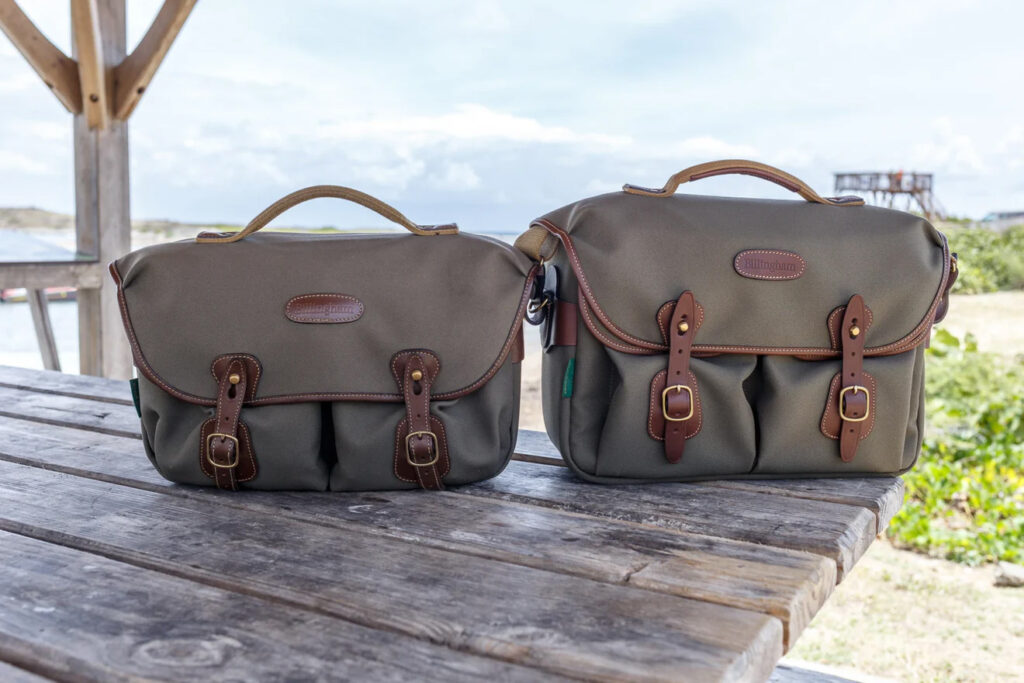
12. Post-Production Must-Have – Aftershoot for Faster Culling & Editing
After every wedding, I’m left with thousands of images to sort, cull, and edit and that’s where Aftershoot becomes an essential part of my photo editing workflow. It’s an AI-powered culling and editing tool that speeds up the most time-consuming parts of post-production, helping me deliver images faster without compromising on control.
Culling was one of the biggest bottlenecks in my wedding photography workflow. Sorting through thousands of nearly identical images to find the best ones takes hours, especially when dealing with blinked shots, missed focus, or subtle variations in expression. Aftershoot’s AI culling analyzes my images and selects the best ones based on sharpness, facial expressions, and composition.
But what makes Aftershoot truly invaluable is its AI-powered editing. Instead of spending hours manually adjusting exposure, white balance, and contrast, I’ve trained Aftershoot to match my photo editing style. The AI learns from my past edits, allowing it to apply consistent adjustments across an entire wedding gallery in minutes. This means I spend less time tweaking in Lightroom and more time refining the final images.
For any wedding photographer looking to save time without sacrificing quality, Aftershoot is a game-changer. It allows me to focus on storytelling and creativity, rather than getting bogged down in repetitive tasks. If you want to see how much time it can save you, you can try Aftershoot for free with a 30-day trial.
Equip, Shoot, Deliver: The Final Word on the Essentials of Wedding Photography Accessories
The right accessories can make all the difference, keeping you comfortable, prepared, and ready to capture every fleeting moment. Each of these essentials plays a role in ensuring a smooth wedding day.
Equipping yourself properly means fewer distractions and more focus on the real task at hand. And when the wedding is over, having an efficient workflow tool like Aftershoot ensures you can deliver those images faster and with less time spent on the tedious parts of post-production.
Investing in the right photography accessories is about making your work more efficient, enjoyable, and ultimately, better for your couples. So, pack smart, shoot with confidence, and deliver images that truly matter.
Frequently Asked Questions
How many camera bodies should I bring to a wedding shoot?
It's advisable to carry at least two camera bodies. This allows for backup in case one fails and provides flexibility to have different lenses mounted, reducing the need to switch lenses frequently.
Should I use prime or zoom lenses for weddings?
Both have their advantages:
Prime lenses: Offer wider apertures, making them excellent for low-light conditions and achieving a shallow depth of field.
Zoom lenses: Provide versatility in framing shots without changing lenses, which is beneficial during dynamic wedding moments.
Many photographers carry both to adapt to various situations.
How do I manage lighting in challenging wedding environments?
Invest in an on-camera flash with a diffuser to soften light and reduce harsh shadows. Off-camera flash setups for more creative lighting control and reflectors to bounce natural light and fill in shadows.
What should I carry for personal comfort during long wedding shoots?
Consider packing comfortable shoes since you'll be on your feet for extended periods, snacks and water to maintain energy levels, and weather-appropriate clothing, including a backup outfit in case of spills or unexpected weather changes.
